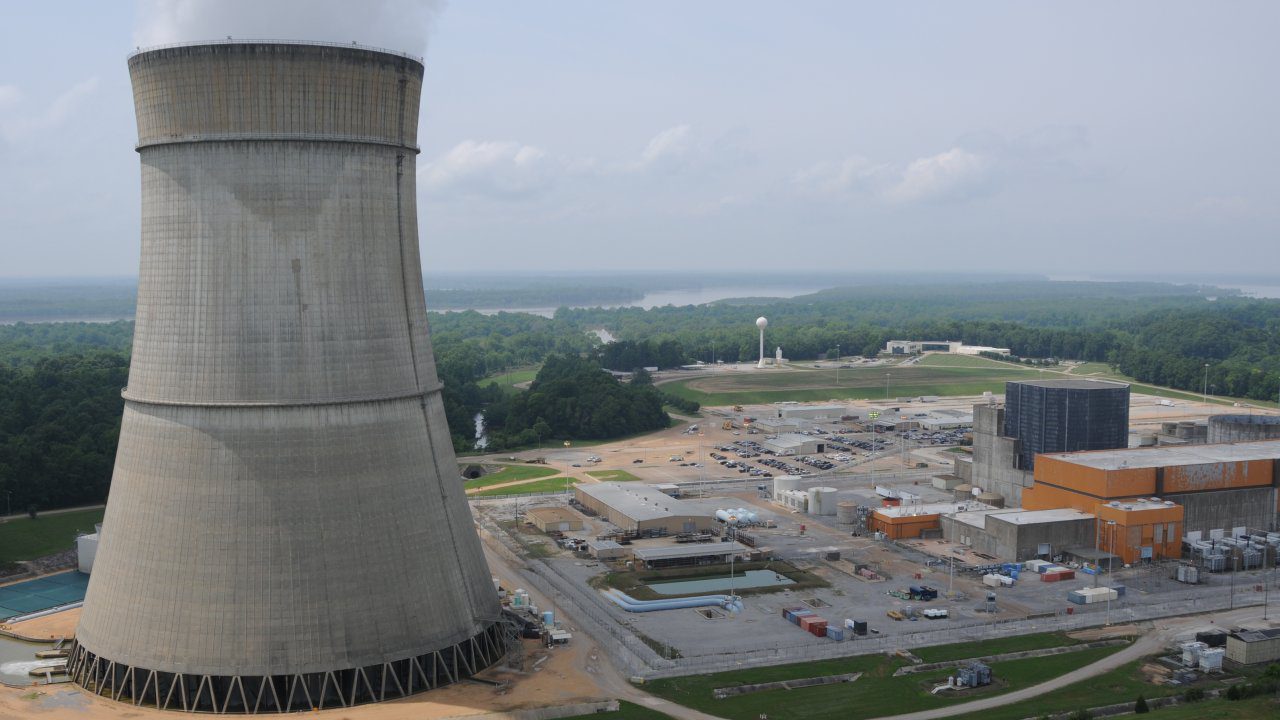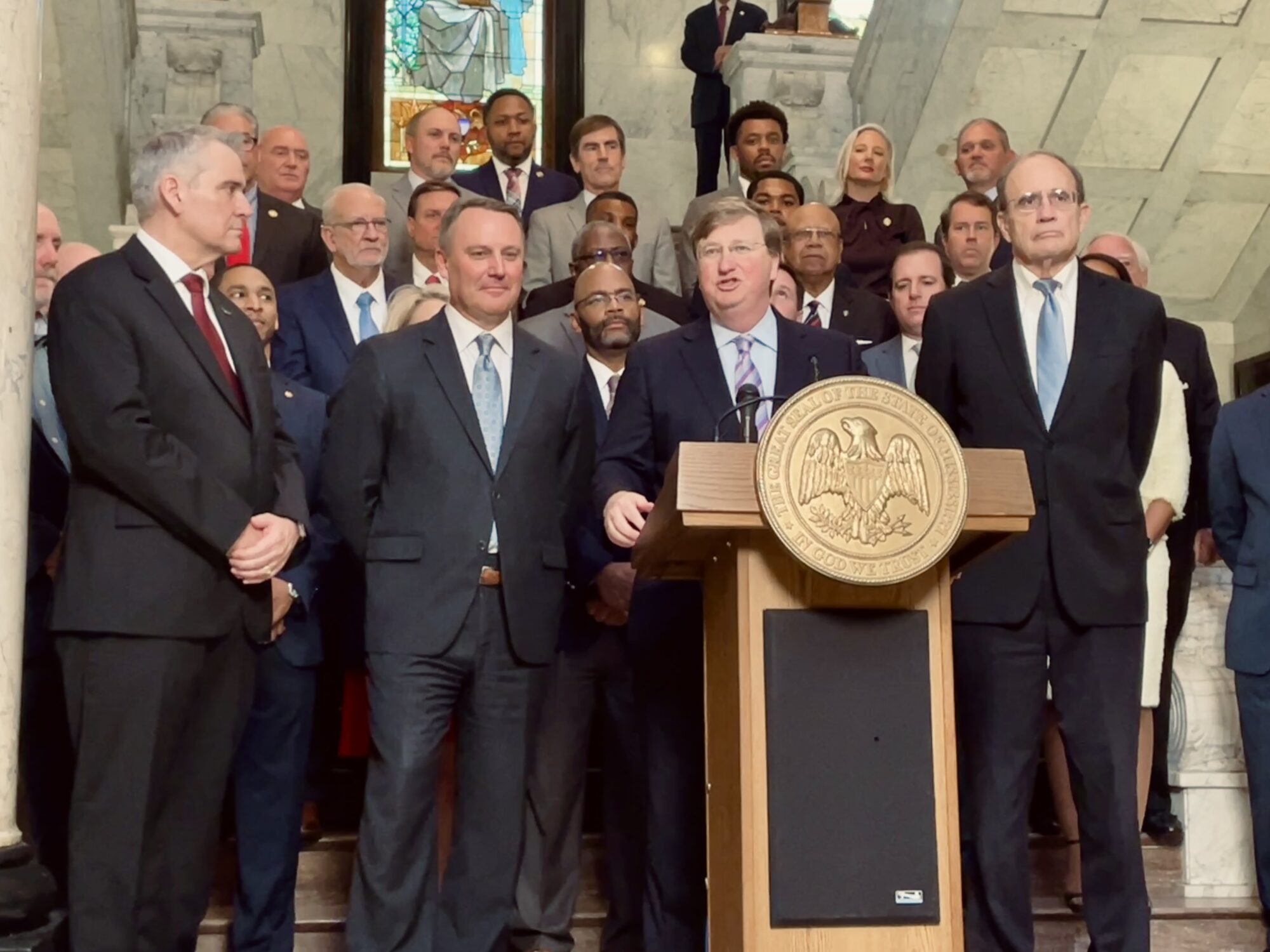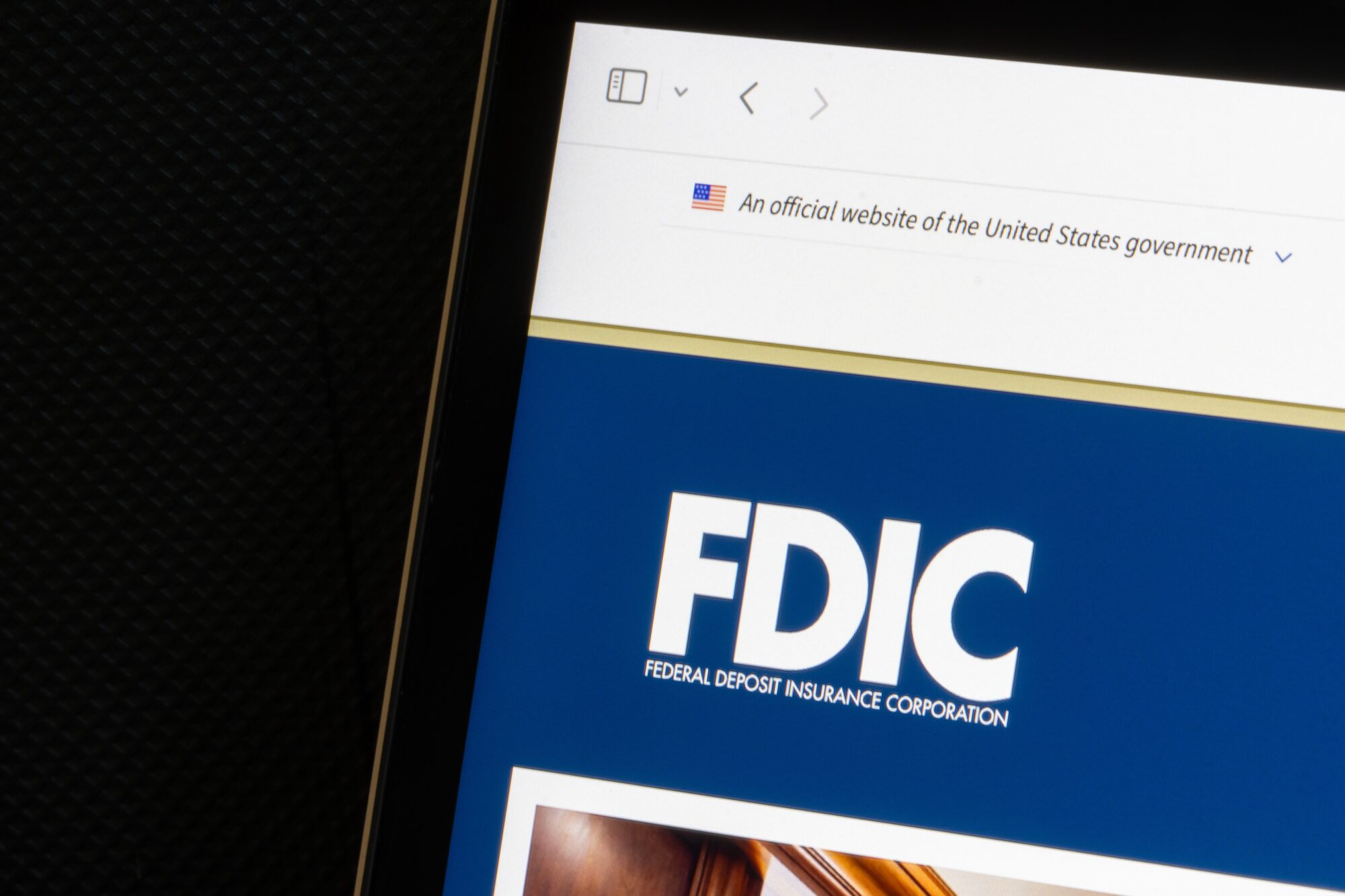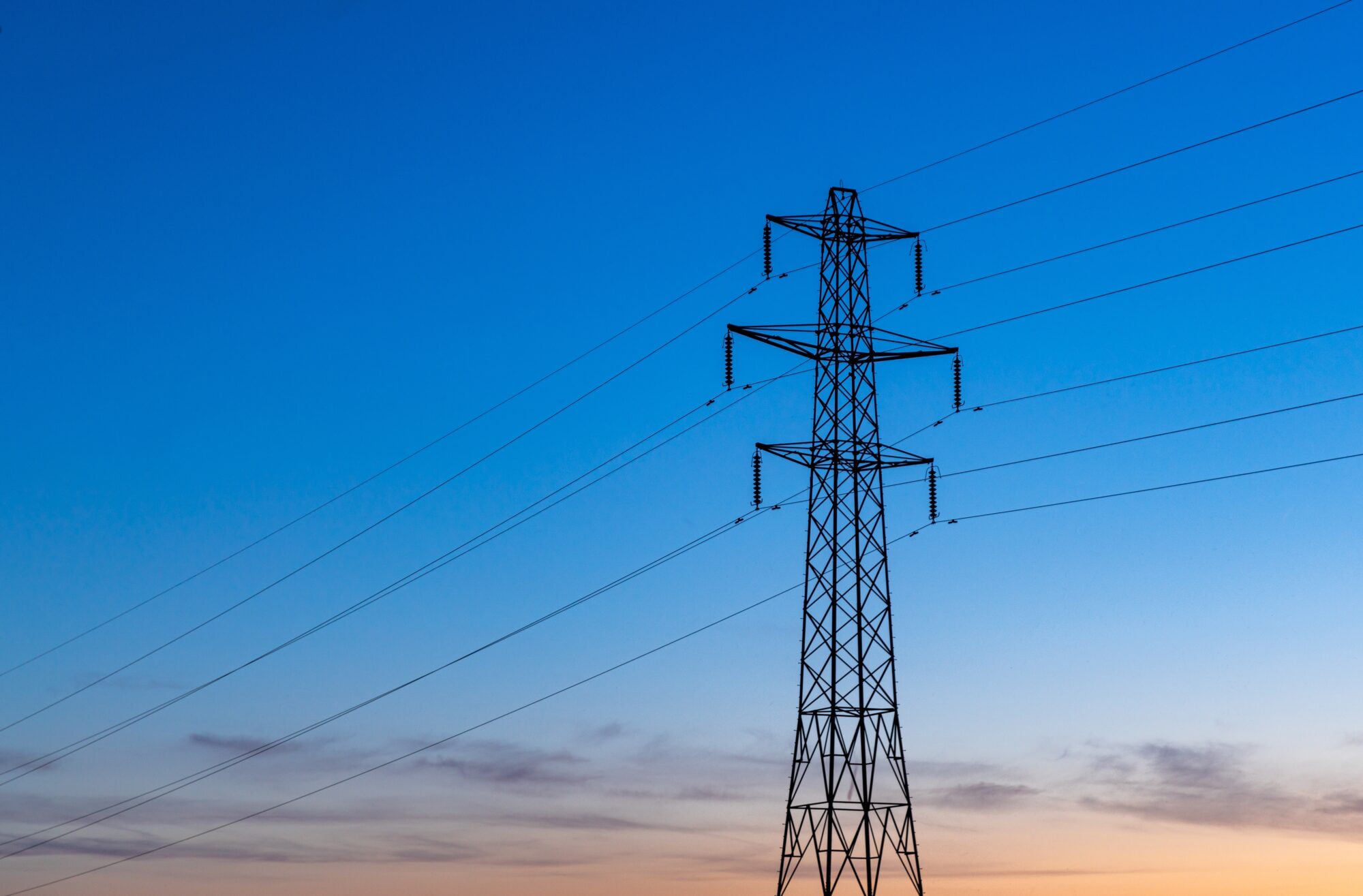
Patrick Sullivan
- Patrick Sullivan says energy is the foundation and infrastructure of today’s economy and the future, and the best kind of energy is local energy.
These days, the best indicator of a growing economy may be electricity sector expansion. Electricity is the foundation of the modern economy, and after virtually no growth over 15 years, U.S. electricity demand is climbing. Here’s how this can be good for all of us in Mississippi.
First, with rapid electricity sector growth comes major industrial expansion, like large manufacturing and data storage complexes. Mississippi now has three major data storage complexes and multiple manufacturing projects in development across the state.
As President Kennedy famously said, “A rising tide lifts all boats.” Even in the early stages, this record level of development is already showing as Mississippi was among the top states in the nation in both GDP and personal income growth for 1st quarter 2025. The jobs, work, and economic activity that come from multi-billions in project development touch countless individuals and local businesses as those dollars roll through communities.
Second, adding massive new electricity users like data centers and manufacturers to the system can bring greater economies of scale, spreading necessary system maintenance and upgrade costs across a larger customer base. The vast, complex electric grid that delivers energy to all of us is constantly aging. Eventually, old power plants must be replaced with new, more efficient plants. Poles, transformers, wires, and meters all have limited lives, and new, better grid technology provides options to strengthen the system against weather and improve efficiencies.
All these activities cost ever more money, and we all pay. From 2000 to just recently, electricity consumption in Mississippi has been fairly flat, lagging U.S. average growth. Some of the reasons for this are good, like improved efficiency and reduced waste, but little population and industrial growth were other factors contributing to stagnant growth.
Therefore, without new large industrial customers to help pay the bills, those electric grid replacement costs would fall entirely on us, the existing customers. New natural gas power plants can now be built and paid for by these industrial customers, replacing inefficient old plants and adding new ones for growth. Planning and building plants today is more expensive than five years ago but likely far cheaper than five years from now as demand growth globally is driving inflation in this market.
The bottom line is, while electricity prices are expected to increase over time, as they typically do, this surge in industrial growth could mean electricity rates in Mississippi will be lower in the years ahead than they would have otherwise by spreading the costs over more users.
Further, the changing economics of a larger scale system are expected to spur more investment by electric companies in our grid than we’ve seen in decades. In Mississippi, we all know the inconvenience of power outages from storm events. A stronger, smarter, more resilient grid will help reduce, or even prevent in some cases, the storm outages that are so disruptive to our lives.
At the end of the day, we all want affordable, reliable electricity. That’s what is attracting new industry. Relative to other states, Mississippi is a low-cost, reliable-supply energy state. With growth and more consumption, that advantage should only improve as the economic pie gets bigger, and Mississippi should remain a low-cost energy state.
With data centers, manufacturing and energy projects, there is often a not-in-my-backyard mentality. It may be helpful to remember project developments like these are built because of economic demand from the economy we all participate in. The American lifestyle is superior to all others, but we all use more energy, data, and manufactured products in our lives daily than anywhere else in the world. Companies are racing to meet our demands, and it’s good they’re investing here.
Energy is the foundation and infrastructure of today’s economy and the future, and the best kind of energy is local energy. The same could be said for data storage. Those places that have it in abundance will be better off with it.











